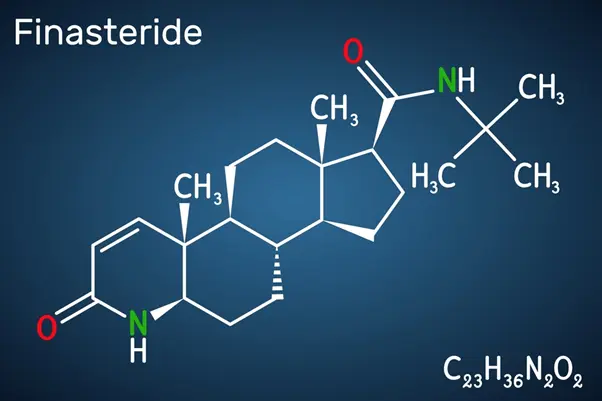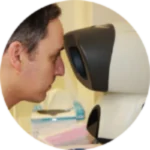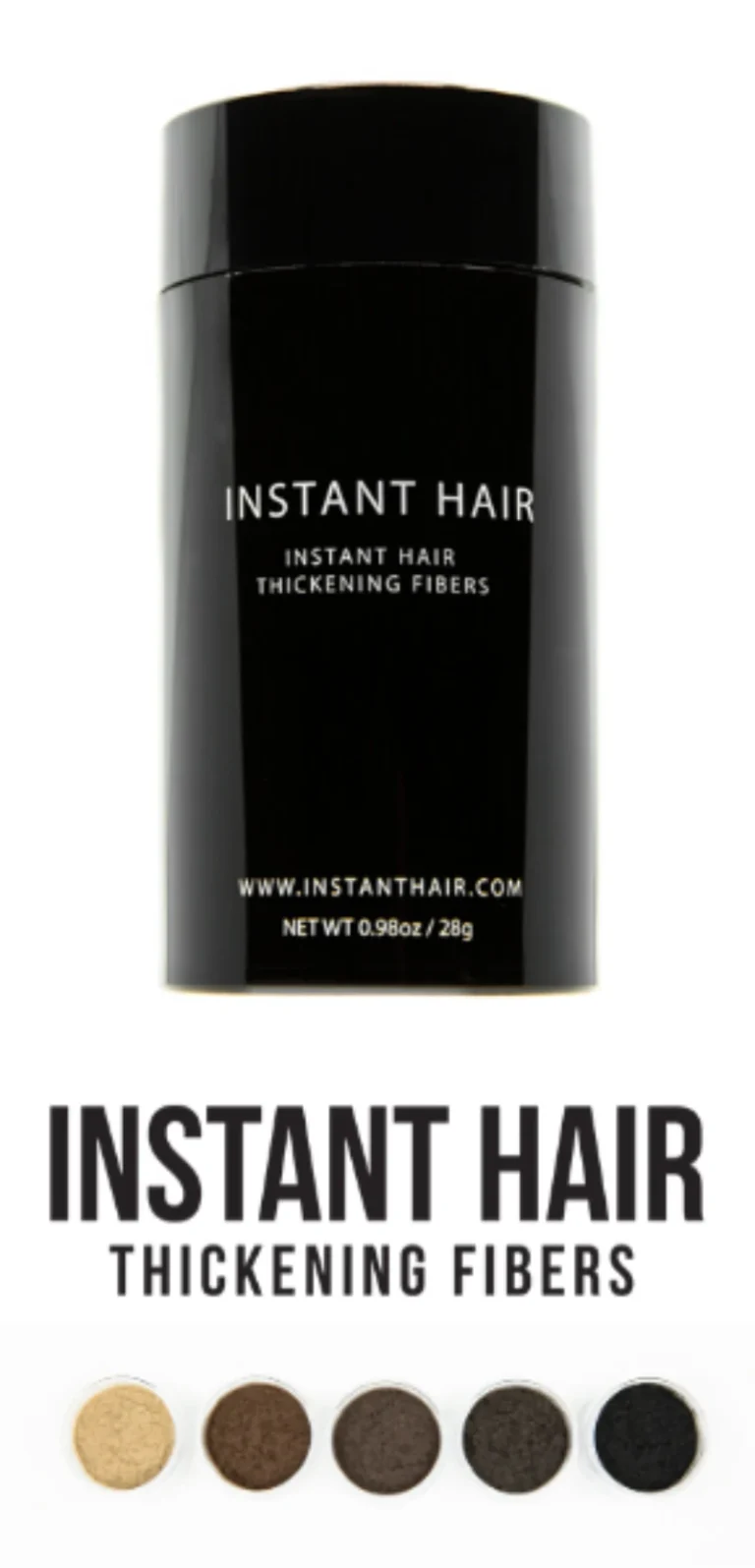Finasteride
Finasteride is the only Health Canada and FDA-approved oral (taken by mouth) medication for genetic hair loss (androgenetic alopecia) in men. We will take you through all the most common questions about finasteride, including if it is safe for women below.

- Home
- Hair Loss Solutions
- Non- Surgical Hair Loss Solutions
- Finasteride

Toronto Hair Transplant Surgeons are internationally known for our pioneering work in hair transplantation.
What is Finasteride?
Finasteride is the only Health Canada and FDA-approved oral (taken by mouth) medication for genetic hair loss (androgenetic alopecia, male pattern hair loss) in men. Topical formulations exist but studies are lacking due to the variation in standardized dosages and frequency guidelines. While topical Finasteride may present fewer side effects, its effectiveness compared to oral tablets is still under investigation.
In some cases it can be used by women suffering from hair loss, a topic we will cover below.
Finasteride is a medication initially approved in 1992 under the brand name Proscar (5mg) for treating enlarged prostate in men. Later, in 1997, it was approved under the brand name Propecia for treating male pattern hair loss at a lower dosage (1mg).

What is Finasteride Used For?
Finasteride was first approved to treat enlarged prostate in men in 1992. It was noted that men who were taking finasteride for their enlarged prostate also noted that they had more hair growth.
Finasteride works by inhibiting the 5-alpha-reductase enzyme, reducing DHT levels, which in turn slows down hair loss and can even promote hair regrowth. It is primarily prescribed to men experiencing male pattern baldness, but its use among women is considered off-label due to potential safety concerns.
Our Results

Toronto Hair Transplant Surgeons are internationally known for our pioneering hair transplantation work.
Our huge archive is here to help you see what we can do for you. Use the link below to view some sample cases.
How does Finasteride work in preventing hair loss?
In healthy men, testosterone is converted to a by-product called dihydrotestosterone (DHT) by an enzyme called 5-alpha-reductase. It is this DHT that causes progressive thinning (miniaturization), and eventual death, of hair follicles on the scalp that are susceptible to DHT. The overall result is the appearance of hair loss, or balding. In men, this is commonly referred to as male pattern hair loss. In women, this is commonly referred to as female pattern hair loss. In both cases, the medical term for this type of hair loss is androgenetic alopecia. Paradoxically, men can have a hair loss pattern that is more typically seen in women, and women can have a hair loss pattern that is more typically seen in men. However, the cause is the same.
Finasteride is a 5-alpha-reductase inhibitor and works by blocking the action of that enzyme. Specifically, it blocks one of the three types of 5-alpha-reductase enzymes, the Type 2 5-alpha-reductase enzyme. In those taking finasteride, there is a rapid decrease in the amount of DHT in the blood by about 75%. With less DHT in the blood, there is less hair thinning, hair loss, and even reversal of prior hair loss.
How Finasteride Helps with Hair Loss
Clinical studies indicate that around 90% of men with male pattern hair loss who are taking finasteride for 5 years will stop losing their hair. About 50% of people will regrow their thinning hair to some degree, reversing their current hair loss to some extent. The extent of regrowth varies, with some individuals observing substantial improvement, while others see minimal changes. Reversal of hair loss is more likely to occur toward the back of the scalp in the crown area compared to the front, especially in men who have more advanced hair loss.
THTS Gallery

Familiarize yourself with our layout before you come in.
Visit the gallery to take a peek at our Oakville based clinic layout and surgical rooms.
How Long Does it Take Finasteride to Work?
Many people notice a slowing or stopping of their hair loss after about 6 months of use. It may take up to a year of consistent use to notice improved hair growth. For this reason, we recommend using finasteride for at least 1 year before deciding whether it is effectively working for you.
What Forms of Finasteride are Available?
The only Health Canada and FDA-approved form of finasteride for hair regrowth is an oral tablet. Topical finasteride can be custom compounded and various formulas of varying dosages and varying frequencies have been studied and shown promising results. Topical finasteride solutions may even have fewer side effects compared to taking finasteride orally in men who have experienced side effects with oral finasteride. However, the optimal dosage and frequency of topical finasteride are not yet known, and therefore it is difficult to compare the effectiveness of topical finasteride versus oral finasteride.
Topical finasteride can even be combined with topical minoxidil for combination treatment. This combination has been effective for many of our Toronto Hair Transplant patients and is something we have compounded exclusively for our patients. (If you are interested in trying this combination topical solution – you need to be a patient. Use this link to book a consult with one of our experts to find out more!)
Should I use Finasteride if I plan to have a hair transplant?
Finasteride can be a useful supplement to a hair transplant for a number of reasons:
- It helps you keep the hair you still have in about 90% of people, which may reduce the need for more surgery in the future. A hair transplant can help you fix or restore the areas where you’ve lost hair, but it will not stop the hair loss of the hair you still have. If you want to keep that hair, in addition to the hair you will gain by a hair transplant, you need to take steps to keep it. Taking finasteride is a good option to help with this.
- It works well in younger people who may not yet be a candidate for a hair transplant. Any given person only has a certain, fixed amount of follicles available to donate for a hair transplant over their lifetime. If they use them all up at an early age, there may not be enough to fix ongoing hair loss via a transplant in the future. Taking finasteride can help young people stop or significantly slow down their hair loss. Once their hair loss is stopped, a skilled and knowledgeable surgeon can help them determine how best to use those grafts in a future hair transplant.
- It can help hair growth in parts of the scalp that may not be transplanted, improving the overall cosmetic effect of a hair transplant. For example, a person may only have enough follicles or grafts to transplant to the front of their scalp. Taking finasteride might help that person regrow some hair toward the back.
- It can stabilize hair in the back part of the scalp where donor grafts are harvested, increasing the number of available donor grafts.
Do I need to continue taking Finasteride after my hair transplant?
Continuing Finasteride post-transplant can help maintain non-transplanted hair and enhance overall hair density. It is often recommended to complement the surgical results.
Is Finasteride Safe and what are the Side Effects of Finasteride?
Finasteride is generally safe, with 98.5% of users experiencing no issues. Additionally, most side effects if any are experienced, are reversible upon discontinuation. Side effects from the lower dosage finasteride (1mg) prescribed for hair loss purposes are largely uncommon. No significant interactions with other medications have been reported. Side effects may include:
- Sexual side effects. Rarely, finasteride can have negative effects on sexual function. These include erectile dysfunction, decreased libido, and ejaculatory dysfunction. Large studies have shown that this occurs about 1.5% of the time. This means that 98.5% of patients do NOT develop sexual side effects such as erectile dysfunction. Most reported cases of sexual dysfunction occurred soon after starting the medication, but there have been reports of sexual dysfunction that has occurred at later points in time. The sexual side effects were reversed in those who stopped therapy and even in more than half of those who continued treatment. After the patients stopped taking finasteride, side effects generally disappeared within a few weeks. There have been anecdotal reports in which side effects have persisted after stopping the medication. This has been referred to as “post-finasteride syndrome” and we will discuss this below.
- Other uncommon side effects may include rash, itching, hives, swelling, testicular pain, mood changes (including depression), and cognitive changes (that some people call “brain fog”).
What is Post-Finasteride Syndrome?
A post-finasteride syndrome is described as the occurrence of persistent adverse events, including sexual dysfunction (such as erectile dysfunction and loss of libido) and depression, in a subset of men that used a 5-alpha-reductase inhibitor.
The bulk of the scientific evidence shows that while there may be a very small, remote possibility of persistent or prolonged side effects, the most likely thing to happen is that side effects will go away in the small number who experience them when they stop their medication.
How Common is Post-Finasteride Syndrome?
It is difficult to know if this is a true occurrence since many of the side effects associated with the post-finasteride syndrome are also common in people who never took finasteride, and many of those side effects have multiple other common causes. For example, erectile dysfunction is common in men in their 20s and beyond for a variety of common reasons, such as stress, fatigue, or alcohol use. These men might also be taking finasteride, but their erectile dysfunction is likely to be the result of the more common causes, not the finasteride itself.
It is important to know that sexual dysfunction and depression are also very common among men who are of about the age when they might also suffer from hair loss, even if they’ve never taken finasteride, and most of the time these symptoms have other causes.
Furthermore, the way that post-finasteride syndrome has been studied is not always consistent or reliable, so it is difficult to make conclusions. There have even been studies to show that telling people about the possibility of a post-finasteride syndrome may make it more likely that patients will report that they have it.
Can Finasteride Be Used by Women?
The use of finasteride by women for hair loss is “off-label” and has not been approved by Health Canada or the FDA. This means that we may not have enough information about the safety of taking finasteride in women. However, even though finasteride is not the first choice for hair growth in women, there have been studies to show that it can be beneficial.
The main concern of using finasteride in women is related to the possibility of genital birth defects in the male fetus of a woman who is, or might become, pregnant. These defects usually occur before a woman might even know she’s pregnant. For this reason, if finasteride is used by women to treat their hair loss or to stimulate hair growth, it is generally reserved for post-menopausal women, or women using extremely reliable or permanent birth control.
Exposure of pregnant women to semen from men who are using finasteride has not been shown to pose any risk to the fetus.
Can I Donate Blood if I’m Taking Finasteride?
Patients taking finasteride may not be able to donate blood, as this blood may potentially be given to women who are pregnant. Contact Canadian Blood Services or your local blood donation center for more information.
Does Finasteride Have Any Effect on the PSA Test?
Finasteride causes a 50% decrease in the amount of prostate-specific antigen (PSA) in the blood. Since PSA levels are used to screen for prostate enlargement and prostate cancer, your doctor must be made aware that you are taking this medication so they can properly interpret your PSA result.




